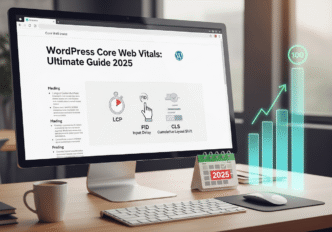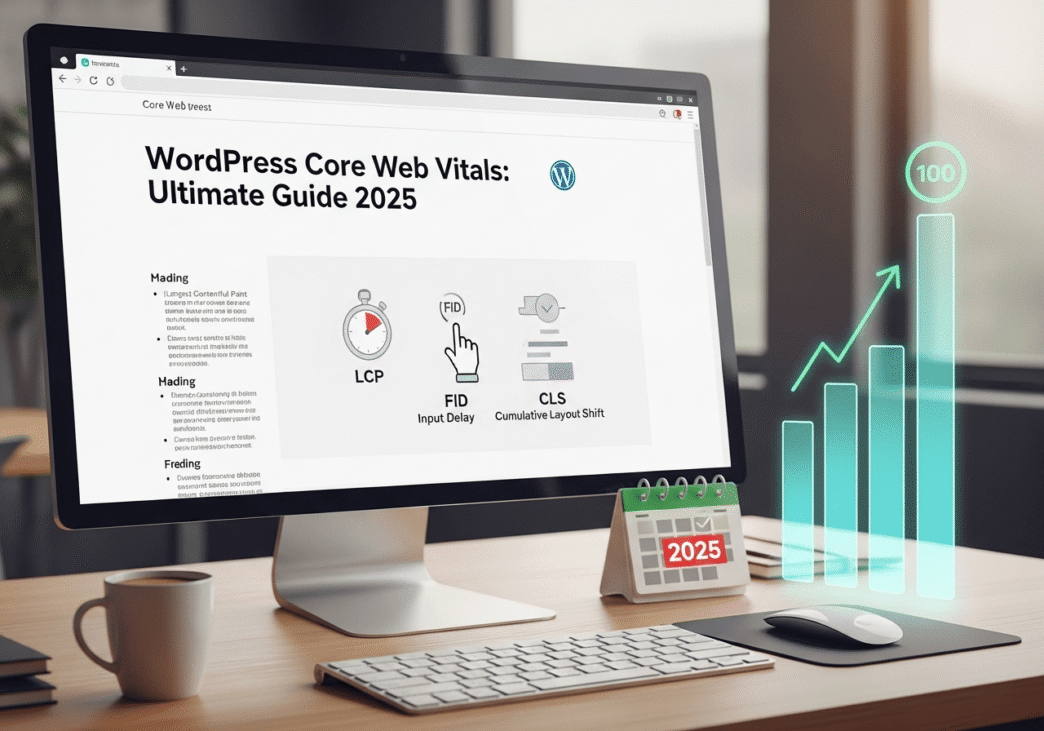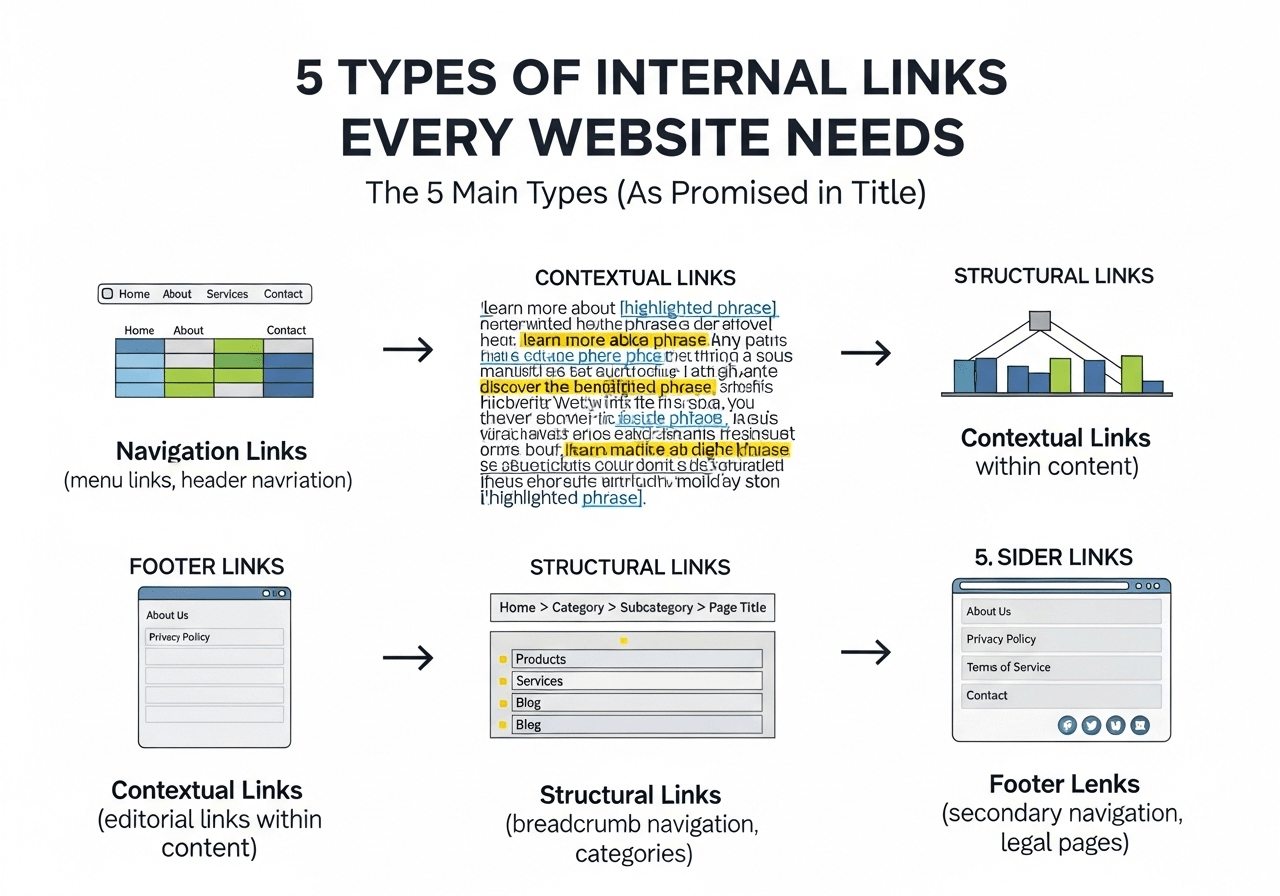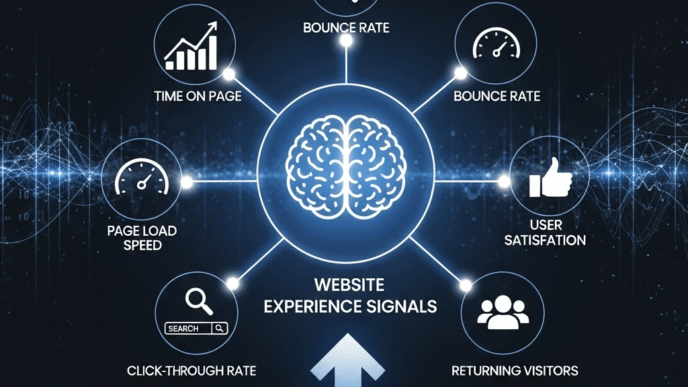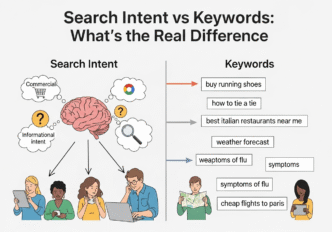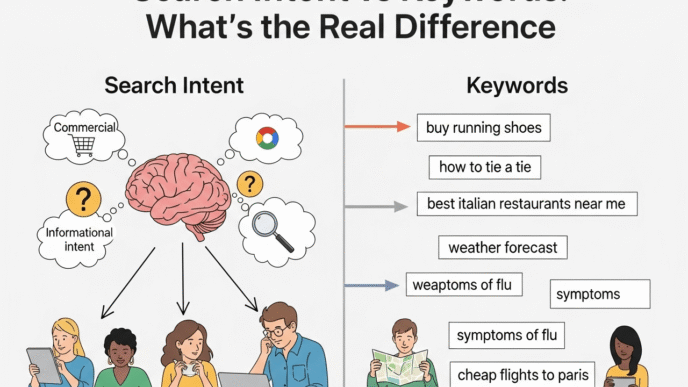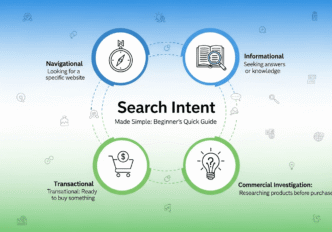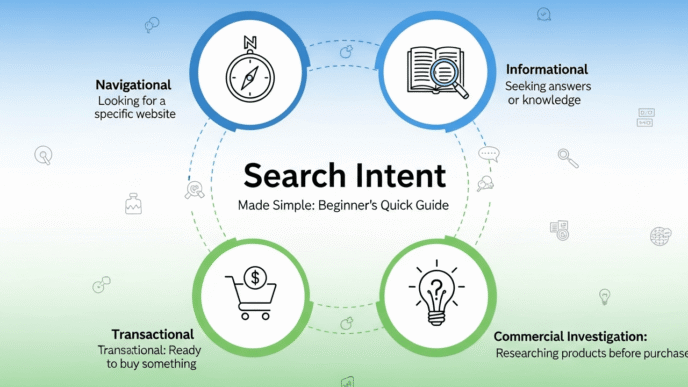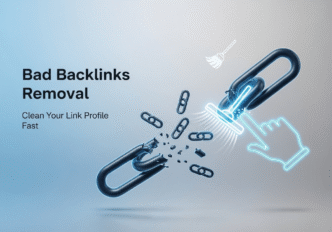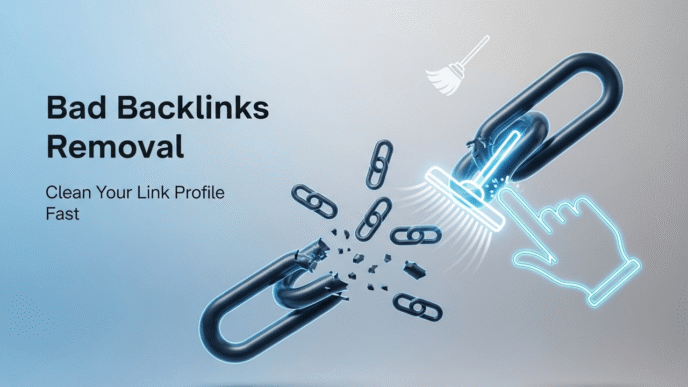Your WordPress site is beautiful, your content is engaging, and your plugins are perfectly configured. But then you check Google Search Console and see those dreaded red bars in the Core Web Vitals report. Suddenly, your digital masterpiece feels more like a digital disaster!
Welcome to the world of WordPress Core Web Vitals, where even the most stunning websites can fail Google’s performance tests. Here’s the thing: WordPress powers over 40% of the internet, but its plugin-heavy, theme-dependent nature can turn speed optimization into a real headache.
Don’t worry though! WordPress performance optimization isn’t rocket science once you know the right techniques. Whether you’re dealing with slow loading times, layout shifts, or unresponsive interactions, this guide will transform your WordPress site from a performance nightmare into a speed demon that both Google and your users will love.
Table of Contents
Toggle
Why Are WordPress Core Web Vitals So Important?
WordPress Core Web Vitals directly impact your search rankings, user experience, and ultimately your bottom line. Google’s Core Web Vitals metrics have become a crucial ranking factor, especially for WordPress sites competing in crowded niches.
WordPress sites face unique challenges that other platforms don’t. The flexibility that makes WordPress amazing – themes, plugins, customizations – can also make it a performance nightmare if not handled correctly.
Studies show that WordPress sites with good Core Web Vitals scores get 25% more organic traffic than those with poor scores. More importantly, users are 50% more likely to convert on fast-loading WordPress sites.
Pro Tip: WordPress sites often have more performance optimization potential than custom-built sites because most issues stem from fixable plugin and theme choices rather than fundamental architecture problems.
What Makes WordPress Speed Optimization Different?
WordPress speed optimization is unique because you’re dealing with a complex ecosystem of themes, plugins, and WordPress core updates. Unlike static websites, WordPress sites are dynamic, database-driven, and constantly evolving.
The main challenges include:
- Plugin conflicts that slow down loading times
- Theme bloat with unnecessary features and scripts
- Database overhead from years of content and plugin data
- Media management issues with unoptimized images
- Hosting limitations that bottleneck performance
WordPress’s modular nature means that one poorly coded plugin can destroy your entire site speed WordPress performance. But the flip side? Fixing these issues can lead to dramatic improvements.
Which WordPress Plugins Are Killing Your Core Web Vitals?
Before we talk about solutions, let’s identify the villains. Certain WordPress plugins are notorious Core Web Vitals killers:
Performance-Destroying Plugins:
- Page builders (Elementor, Divi, Visual Composer) – Heavy on JavaScript and CSS
- Slider plugins (Revolution Slider, LayerSlider) – Large media files and animations
- Social media widgets – External script loading delays
- Chat plugins (LiveChat, Intercom) – Third-party script blocking
- Analytics plugins with multiple tracking codes
- Security plugins with aggressive scanning features
The Hidden Culprits:
Even “innocent” plugins can impact performance:
- Contact form plugins with captcha integrations
- SEO plugins loading unnecessary scripts on every page
- Backup plugins running during peak traffic hours
- Translation plugins adding database queries
Pro Tip: Deactivate plugins one by one while testing Core Web Vitals scores to identify the biggest performance drains. You might be surprised which “lightweight” plugins are actually heavy offenders.
What Are the Best WordPress Plugins for Core Web Vitals?
Now for the good news! Here are the best WordPress plugins for Core Web Vitals that’ll actually improve your performance:
| Plugin Category | Top Recommendations | Primary Benefit | Difficulty | Price |
|---|---|---|---|---|
| Caching | WP Rocket, W3 Total Cache | Faster page loading | Easy-Medium | Free/Paid |
| Image Optimization | Smush, ShortPixel | Reduced file sizes | Easy | Free/Paid |
| Minification | Autoptimize, WP Fastest Cache | Smaller CSS/JS files | Medium | Free |
| CDN Integration | Cloudflare, MaxCDN | Global content delivery | Easy | Free/Paid |
| Database Optimization | WP-Optimize, Advanced Database Cleaner | Faster queries | Easy | Free/Paid |
| Lazy Loading | a3 Lazy Load, Lazy Load by WP Rocket | Improved LCP scores | Easy | Free |
Essential Plugin Recommendations:
For Beginners:
- WP Fastest Cache (free caching)
- Smush (image optimization)
- Autoptimize (CSS/JS optimization)
For Intermediate Users:
- WP Rocket (premium caching solution)
- ShortPixel (advanced image optimization)
- Cloudflare (CDN and security)
For Advanced Users:
- LiteSpeed Cache (server-level caching)
- Perfmatters (script management)
- Custom performance optimization plugins
How to Improve WordPress Core Web Vitals: Step-by-Step Guide
Ready for some WordPress speed optimization techniques? Here’s your comprehensive action plan:
Step 1: Choose Performance-Optimized Hosting
Your hosting provider is the foundation of WordPress performance. Shared hosting might be cheap, but it’s often the biggest bottleneck.
Hosting Requirements for Good Core Web Vitals:
- SSD storage (at least 3x faster than traditional drives)
- PHP 8.0+ (significant performance improvements over older versions)
- Server-level caching (Redis or Memcached)
- CDN integration built into hosting panel
- Regular performance monitoring and optimization
Recommended Hosting Types:
- Managed WordPress hosting (WP Engine, Kinsta, Flywheel)
- Cloud hosting (DigitalOcean, Linode with managed WordPress)
- Premium shared hosting (SiteGround, A2 Hosting with performance packages)
Step 2: Optimize Your WordPress Database
Database optimization is often overlooked but crucial for improve WordPress Core Web Vitals:
-- Common database optimization queries
OPTIMIZE TABLE wp_posts;
OPTIMIZE TABLE wp_options;
OPTIMIZE TABLE wp_comments;
OPTIMIZE TABLE wp_postmeta;
Database Cleanup Checklist:
- Remove unused plugins and themes completely
- Delete spam comments and trackbacks
- Clean up post revisions (keep only 3-5 recent ones)
- Remove expired transients and cached data
- Optimize database tables monthly
Pro Tip: Before making database changes, always create a complete backup. Database optimization can improve page load times by 20-30% on content-heavy WordPress sites.
Step 3: Implement Smart Caching Strategies
Caching is the #1 WordPress performance optimization technique:
Types of Caching to Implement:
- Page caching – Stores complete HTML pages
- Database caching – Caches query results
- Object caching – Stores frequently accessed data
- Browser caching – Leverages visitor’s browser cache
- CDN caching – Global content distribution
WP Rocket Configuration Example:
// Basic WP Rocket optimization settings
define('WP_CACHE', true);
// Additional optimization constants
define('COMPRESS_CSS', true);
define('COMPRESS_SCRIPTS', true);
define('ENFORCE_GZIP', true);
Step 4: Optimize Images for Core Web Vitals
Images are often the largest files on WordPress sites. Here’s how to optimize them:
Image Optimization Workflow:
- Choose the right format: WebP for photos, SVG for icons
- Compress before upload: Use tools like TinyPNG or ImageOptim
- Implement lazy loading: Load images only when needed
- Use responsive images: Serve different sizes for different devices
- Add proper dimensions: Prevent layout shifts
Bulk Image Optimization:
# Command line image optimization (for advanced users)
find /wp-content/uploads -name "*.jpg" -exec jpegoptim --size=85% {} \;
find /wp-content/uploads -name "*.png" -exec optipng -o7 {} \;
Fast WordPress Themes for Core Web Vitals: Which Should You Choose?
Your theme choice dramatically impacts web vitals WordPress performance. Here’s a comparison of fast WordPress themes for Core Web Vitals:
| Theme | Performance Score | LCP | CLS | Best For | Price |
|---|---|---|---|---|---|
| GeneratePress | Excellent | < 1.5s | < 0.05 | Business sites | Free/Pro |
| Astra | Excellent | < 1.8s | < 0.08 | Multi-purpose | Free/Pro |
| Hello Elementor | Good | < 2.2s | < 0.1 | Page builder sites | Free |
| OceanWP | Good | < 2.0s | < 0.09 | E-commerce | Free/Pro |
| Neve | Excellent | < 1.6s | < 0.06 | Startups | Free/Pro |
| Kadence | Very Good | < 1.9s | < 0.07 | Creative agencies | Free/Pro |
Theme Selection Criteria:
- Minimal CSS/JS footprint out of the box
- No jQuery dependency (uses vanilla JavaScript)
- Schema markup built-in for SEO
- Mobile-first responsive design
- Regular updates and good support
Pro Tip: Avoid themes with built-in page builders, slider plugins, or extensive demo content. The fastest WordPress themes are often the most minimal ones that let you add only the features you actually need.
Real-World Case Study: WordPress Performance Transformation
Let me share an amazing WordPress performance optimization guide success story:
The Challenge: A WordPress e-commerce site (WooCommerce + Elementor) with terrible Core Web Vitals scores affecting organic traffic and conversions.
Initial Performance Metrics:
- LCP: 4.8 seconds (Poor)
- FID: 280ms (Needs Improvement)
- CLS: 0.35 (Poor)
- Overall Performance Score: 23/100
- Monthly organic traffic: 12,000 visits
- Conversion rate: 1.2%
Problems Identified:
- Heavy theme: Custom theme with 15+ unused features
- Plugin overload: 28 active plugins, many conflicting
- Unoptimized images: 5MB+ product photos
- Poor hosting: Shared hosting with PHP 7.2
- No caching: Basic WordPress installation without optimization
The Optimization Strategy:
Week 1: Foundation Fixes
- Hosting upgrade: Moved to managed WordPress hosting (Kinsta)
- PHP update: Upgraded to PHP 8.1
- Plugin audit: Removed 12 unnecessary plugins
- Basic caching: Installed and configured WP Rocket
Results after Week 1:
- LCP: 3.2 seconds (40% improvement)
- Performance Score: 45/100
Week 2: Theme and Image Optimization
- Theme replacement: Switched from custom theme to GeneratePress Pro
- Image optimization: Bulk optimized 500+ product images with ShortPixel
- Lazy loading: Implemented for all images below the fold
- CDN setup: Configured Cloudflare for global content delivery
Results after Week 2:
- LCP: 2.1 seconds (60% improvement from baseline)
- CLS: 0.12 (65% improvement)
- Performance Score: 72/100
Week 3: Advanced Optimizations
- Database cleanup: Removed 2GB of unnecessary data
- Critical CSS: Implemented above-the-fold CSS inlining
- Script optimization: Deferred non-critical JavaScript
- Font optimization: Preloaded critical fonts, used font-display: swap
Results after Week 3:
- LCP: 1.6 seconds (75% improvement)
- FID: 95ms (65% improvement)
- CLS: 0.08 (80% improvement)
- Performance Score: 89/100
Week 4: Fine-tuning and Monitoring
- Performance monitoring: Set up continuous monitoring
- A/B testing: Tested different optimization configurations
- Mobile optimization: Specific improvements for mobile devices
- Team training: Educated content team on performance best practices
Final Results After 1 Month:
- LCP: 1.4 seconds (Good – 70% improvement)
- FID: 85ms (Good – 70% improvement)
- CLS: 0.06 (Good – 83% improvement)
- Overall Performance Score: 94/100
- Monthly organic traffic: 18,500 visits (54% increase)
- Conversion rate: 2.1% (75% increase)
- Page load time: 2.1 seconds (down from 6.8 seconds)
Business Impact:
- Revenue increase: 40% month-over-month
- Bounce rate reduction: 35% decrease
- User engagement: 50% longer session durations
- SEO improvement: 20+ keyword ranking improvements
Pro Tip: The biggest insight was that theme choice made the most dramatic difference. Switching from a bloated custom theme to a performance-optimized theme like GeneratePress improved scores more than all other optimizations combined.
WordPress Performance Optimization: Advanced Techniques
Ready to take your WordPress SEO and performance to the next level? Here are advanced techniques:
1. Critical CSS Implementation
Extract and inline CSS needed for above-the-fold content:
/* Critical CSS example for WordPress */
.header, .navigation, .hero-section {
/* Critical styles only */
}
/* Load non-critical CSS asynchronously */
<link rel="preload" href="non-critical.css" as="style" onload="this.onload=null;this.rel='stylesheet'">
2. Advanced Image Optimization
Implement modern image formats and responsive loading:
// WordPress function for WebP image delivery
function serve_webp_images() {
if (strpos($_SERVER['HTTP_ACCEPT'], 'image/webp') !== false) {
// Serve WebP images to supported browsers
add_filter('wp_generate_attachment_metadata', 'generate_webp_images');
}
}
add_action('init', 'serve_webp_images');
3. Database Query Optimization
Optimize expensive WordPress queries:
// Optimize WordPress queries
function optimize_main_query($query) {
if (!is_admin() && $query->is_main_query()) {
if (is_home()) {
$query->set('posts_per_page', 8);
$query->set('meta_query', array(
array(
'key' => 'featured',
'value' => 'yes'
)
));
}
}
}
add_action('pre_get_posts', 'optimize_main_query');
4. Smart Script Loading
Load JavaScript only when needed:
// Conditional script loading
function smart_script_loading() {
if (!is_page('contact')) {
wp_deregister_script('contact-form-7');
}
if (!is_shop() && !is_product()) {
wp_deregister_script('woocommerce');
}
}
add_action('wp_enqueue_scripts', 'smart_script_loading', 100);
Common WordPress Core Web Vitals Mistakes to Avoid
Learn from these frequent WordPress performance pitfalls:
Mistake 1: Plugin Hoarding
The Problem: Installing plugins “just in case” you need them later. The Solution: Audit plugins monthly and remove anything you haven’t used in 3 months.
Mistake 2: Ignoring Mobile Performance
The Problem: Optimizing only for desktop while most traffic is mobile. The Solution: Test on real mobile devices and prioritize mobile Core Web Vitals.
Mistake 3: Overusing Page Builders
The Problem: Page builders like Elementor can add significant overhead. The Solution: Use page builders sparingly and choose performance-optimized options.
Mistake 4: Not Testing After Updates
The Problem: WordPress, theme, and plugin updates can break performance optimizations. The Solution: Test Core Web Vitals after every update and have a rollback plan.
Pro Tip: Set up automated performance monitoring that alerts you when Core Web Vitals scores drop below acceptable thresholds. Prevention is always better than cure.
The Future of WordPress Performance
As WordPress evolves, WordPress Core Web Vitals optimization is becoming easier:
WordPress 6.0+ Performance Features:
- Native lazy loading for images and iframes
- Better script loading with async and defer support
- Improved database queries and caching
- WebP image support out of the box
- Performance optimization APIs for developers
Upcoming WordPress Performance Improvements:
- Core Web Vitals dashboard in WordPress admin
- Automatic performance optimization suggestions
- Built-in image optimization without plugins
- Enhanced caching mechanisms in WordPress core
The future looks bright for WordPress performance, but the fundamentals remain the same: choose quality hosting, optimize images, use minimal themes, and be selective with plugins.
Your WordPress Core Web Vitals Action Plan
Ready to transform your WordPress site? Here’s your week-by-week optimization plan:
Week 1: Foundation Setup
- Audit current performance using PageSpeed Insights
- Review hosting setup and consider upgrades if needed
- Plugin audit: Remove unnecessary plugins
- Install basic optimization plugins (caching, image optimization)
Week 2: Theme and Content Optimization
- Evaluate theme performance and consider switching if needed
- Optimize existing images with bulk optimization tools
- Implement lazy loading for images and videos
- Clean up database with optimization plugins
Week 3: Advanced Optimizations
- Configure CDN for global content delivery
- Implement critical CSS for above-the-fold content
- Optimize font loading with preload and font-display
- Fine-tune caching settings for maximum performance
Week 4: Monitoring and Maintenance
- Set up performance monitoring for ongoing tracking
- Create performance budget and alert thresholds
- Train content team on performance best practices
- Schedule regular performance audits and optimizations
Remember, WordPress Core Web Vitals optimization is an ongoing process, not a one-time fix. The web is constantly evolving, and your optimization strategy should evolve with it.
The good news? WordPress’s huge community means there are always new tools, techniques, and resources being developed to help you achieve better performance. Stay connected with the WordPress performance community and keep learning!
Want to understand how WordPress optimization fits into the broader Core Web Vitals strategy? Getting the big picture will help you prioritize your optimization efforts for maximum impact.
What’s your biggest WordPress performance challenge? Share it in the comments below and let’s solve it together!

